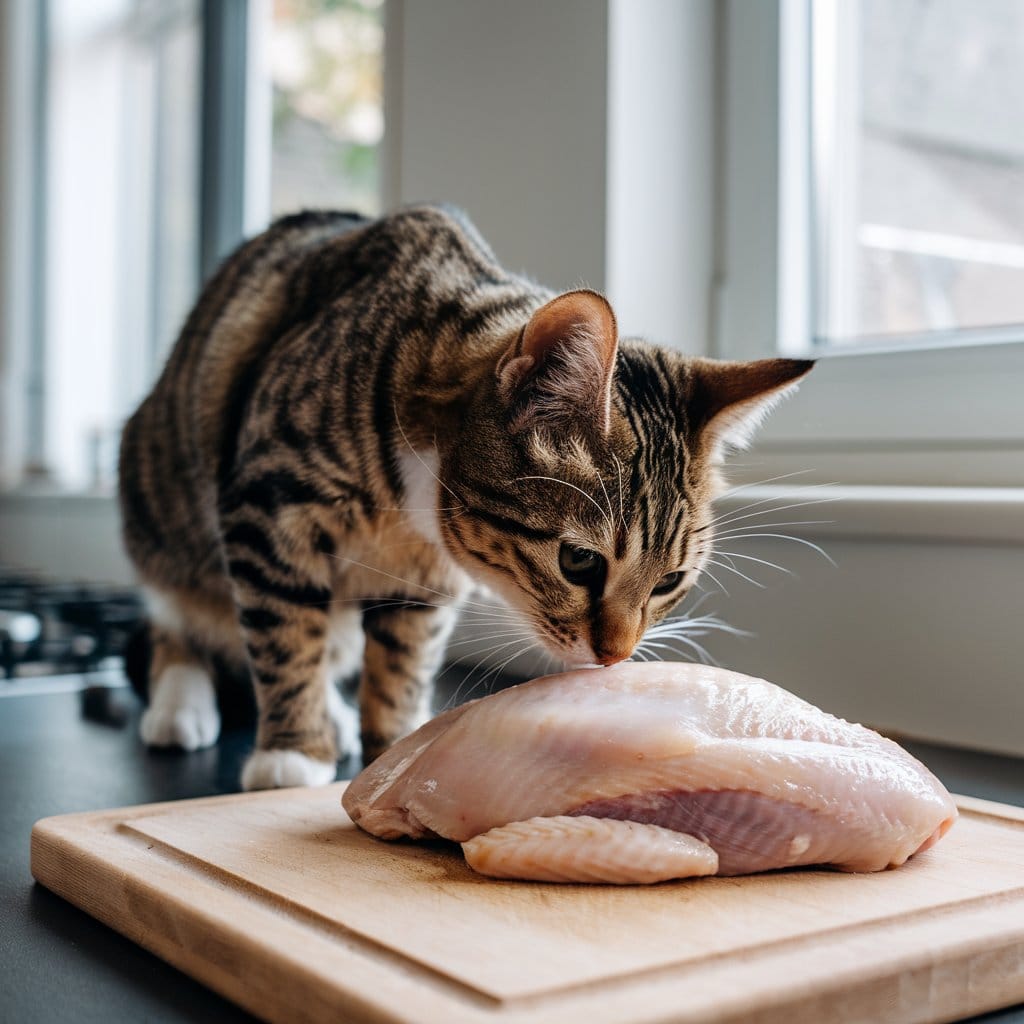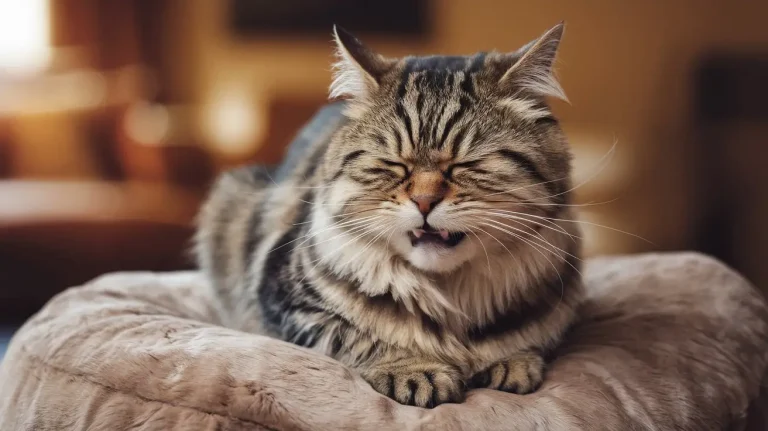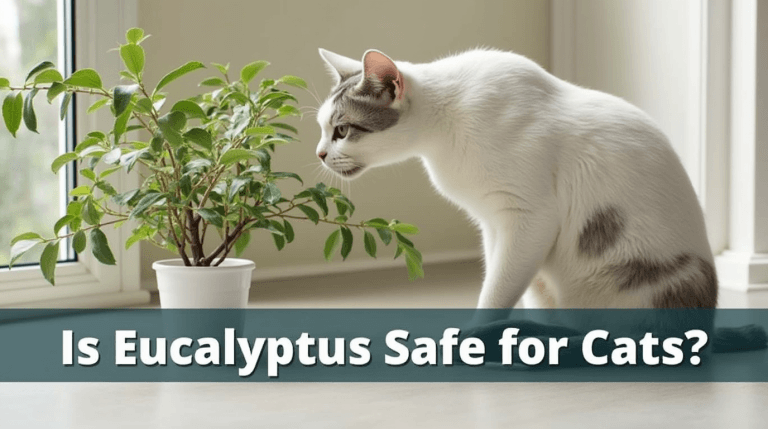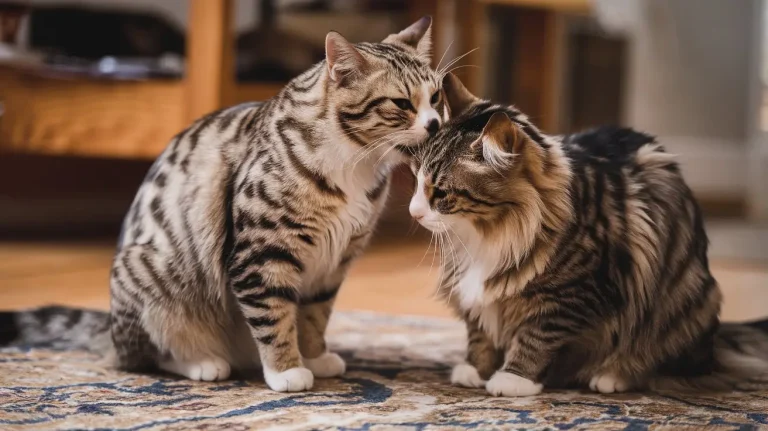Is it safe for cats to eat raw chicken? this article analyzes the safety of raw chicken for cats, offering expert insights to help pet owners make informed decisions. It covers the nutritional aspects of raw chicken, how to transition cats to a raw diet, and debunks common myths surrounding this feeding practice. Additionally, it explores the legal and ethical considerations to keep in mind when choosing to feed raw chicken to cats. By the end will have a comprehensive understanding of this controversial topic.
Table of Contents
Anatomy of Raw Chicken: What’s Safe for Cats?
Is It Safe for Cats to Eat Raw Chicken?
Raw chicken has gained attention as a potential diet option for cats, but it’s crucial to understand which parts are safe and beneficial. This section explores the different components of raw chicken and their impact on feline health.
Meat Portions
Raw chicken meat has an influence on feline nutrition due to its high protein content and easy digestibility. It has an impact on a cat’s overall health by providing essential vitamins and minerals. However, pet owners should exercise caution when considering raw chicken as a dietary staple for their feline companions.
While raw chicken can be part of a balanced diet for cats, it’s important to note the potential risks. Raw chicken often harbors bacteria such as Salmonella and E. coli, which can cause illness in cats. To mitigate these risks, it’s crucial to source fresh meat from reliable suppliers and handle it properly.
Organs and Offal
Organ meats, or offal, are edible innards that have a significant impact on a cat’s nutritional intake. These parts are often included in commercial cat foods and homemade diets due to their nutritional density. Organs such as hearts, kidneys, and liver are packed with essential nutrients that have an influence on various aspects of feline health.
Hearts, for instance, are rich in taurine, an amino acid that has an impact on reducing the risk of tooth decay, heart disease, and vision problems in cats. They also contain CoQ10, an antioxidant that has an influence on brain, heart, and cellular functions. Additionally, hearts are a good source of collagen, which has an impact on joint health, especially in aging cats.
Kidneys have an impact on a cat’s vitamin intake, providing vitamins A, C, and D, as well as folate, which has an influence on DNA synthesis. Liver, another nutrient-dense organ, has an impact on a cat’s overall health due to its high vitamin and mineral content.
Bones and Cartilage
While raw bones are less likely to splinter compared to cooked ones, they still pose potential risks to cats. Raw chicken bones can have an impact on a cat’s safety by becoming lodged in the throat or digestive tract, potentially causing severe damage.
Chicken necks, being small enough for cats to gnaw on, have an influence on mineral intake, providing calcium, magnesium, potassium, and phosphorus. However, the risks associated with bone consumption should be carefully considered.
To ensure safety when feeding raw chicken to cats, it’s crucial to:
- Choose fresh meat from a reliable source
- Disinfect surfaces and food bowls that have come into contact with raw meat
- Store raw meat in the freezer, tightly sealed to avoid cross-contamination
While raw chicken can have an impact on a cat’s diet, it’s essential to weigh the potential benefits against the risks. Consulting with a veterinarian before making significant changes to a cat’s diet has an influence on ensuring the best nutritional outcomes for feline companions.
Transitioning Cats to a Raw Chicken Diet
Transitioning cats to a raw chicken diet has an influence on their overall health and well-being. This process requires patience, careful planning, and close monitoring to ensure a smooth transition. Pet owners should approach this dietary change with caution, particularly when it comes to raw chicken.
Gradual Introduction Methods
To transition cats to a raw chicken diet, pet owners can employ various methods depending on the cat’s age, health status, and current dietary habits. For cats older than six months, two primary approaches have an impact on the transition process:
- Direct Transition: This method has an influence on younger cats or those less addicted to commercial cat food. It involves switching from industrial pet food to raw food abruptly. Pet owners gradually introduce new ingredients, such as organs or fish, to achieve a balanced diet.
- Progressive Transition: This approach has an impact on older cats or those with sensitive stomachs. It involves a more gradual shift, which may take longer but has an influence on reducing digestive issues.
For kittens, a direct transition to a complete raw diet has an impact on their growth and development. They should start with a balanced ration consisting of 30% raw meaty bones, 5% organs, 5% liver, 10% fish, and 50% meat.
Monitoring for Adverse Reactions
During the transition, it’s crucial to monitor cats for any adverse reactions. This has an influence on ensuring their safety and well-being. Pet owners should pay attention to:
- Digestive issues: Watch for changes in stool consistency or frequency.
- Allergic reactions: Introduce new ingredients one at a time to identify potential allergens.
- Eating habits: Observe if the cat is accepting the new diet or showing signs of reluctance.
If any issues arise, it’s essential to consult with a veterinarian. They have an impact on providing guidance and ensuring the cat’s nutritional needs are met.
Balancing with Other Nutrients
While transitioning to a raw chicken diet, it’s crucial to maintain a balanced nutritional profile. This has an influence on the cat’s overall health and prevents deficiencies. Consider the following:
- Introduce organs gradually: Start with small amounts of kidney (2-3 grams) and liver (2-3 grams) to avoid digestive issues.
- Include raw meaty bones: These have an impact on dental health and provide essential minerals.
- Add small oily fish: This has an influence on providing omega-3 fatty acids and other vital nutrients.
The final diet composition should aim for:
- 30% raw meaty bones
- 5% organs
- 5% liver
- 60% meat
It’s important to note that while raw chicken can be part of a balanced diet, it should not be the sole component. Cats require a mix of vitamins and minerals for optimal health, and a diet consisting solely of raw chicken will not provide this. Consulting with a veterinarian or feline nutritionist has an impact on ensuring the raw chicken diet is properly balanced and meets the specific nutritional needs of the cat.
Common Myths About Cats and Raw Chicken
The debate surrounding raw chicken diets for cats has given rise to several myths. It’s crucial to examine these misconceptions to make informed decisions about feline nutrition.
Natural immunity to bacteria
Many pet owners believe that cats have a natural immunity to bacteria found in raw meat. While it’s true that cats have a shorter digestive tract and higher stomach acidity compared to humans, this doesn’t guarantee complete protection against pathogens. Raw chicken often harbors bacteria like Salmonella, E. coli, and Listeria, which can overwhelm a cat’s digestive system.
Cats can indeed handle some harmful bacteria, but there are risks associated with raw chicken that may exceed their coping abilities. The intestines of cats contain both beneficial and harmful bacteria. Under normal circumstances, the good bacteria keep the bad ones in check. However, an influx of additional harmful bacteria from raw chicken can disrupt this balance, potentially leading to health issues.
It’s important to note that certain cats are more vulnerable to these risks. Kittens, with their underdeveloped immune systems, and senior cats, whose immune responses have weakened with age, are particularly susceptible to bacterial infections from raw chicken.
Nutritional superiority claims
Another common myth is that raw chicken diets are nutritionally superior to commercial cat foods. While raw chicken does provide high-quality protein, it may not offer a complete and balanced diet on its own. Cats require specific nutrients, including taurine, an essential amino acid not found in sufficient quantities in raw meat alone.
Commercial cat foods are formulated to meet all of a cat’s nutritional needs, including minerals, vitamins, and other essential nutrients. Raw chicken recipes prepared at home may lack this balance, potentially leading to nutrient deficiencies over time. It’s crucial to understand that a well-rounded diet is essential for maintaining a cat’s health.
Cost-effectiveness
Contrary to popular belief, feeding cats a raw chicken diet isn’t always more cost-effective than high-quality commercial cat food. While it’s true that raw diets can be cheaper than premium grain-free canned foods, they may not be more economical than budget dry kibble or low-cost canned options.
When comparing costs, it’s essential to consider both the price and the quality of the food. Opting for the cheapest option may lead to health problems and expensive veterinary bills in the long run. Additionally, preparing a safe raw chicken diet involves extra expenses, such as purchasing meat from reputable suppliers, buying supplements, and possibly investing in a meat grinder.
It’s worth noting that buying larger quantities of meat can be more cost-effective, and looking for marked-down prices on meat approaching its expiry date can help reduce costs. However, these savings should be weighed against the time and effort required to prepare raw meals and the potential risks associated with handling raw meat.
Legal and Ethical Considerations
The decision to feed cats raw chicken has an impact on various legal and ethical considerations. Pet owners must navigate a complex landscape of regulations, standards, and ethical sourcing practices to ensure the safety and well-being of their feline companions.
FDA Guidelines
The U.S. Food and Drug Administration (FDA) has an influence on pet food regulations, particularly for products that cross state lines. While FDA guidelines for pet food are minimal compared to other standards, they have an impact on labeling requirements and safety measures. Pet owners should be aware that these federal regulations apply to all commercial pet foods, including those containing raw chicken.
AAFCO Standards
The Association of American Feed Control Officials (AAFCO) has a significant impact on pet food standards. Although AAFCO models are not official regulations, most states have adopted versions of them into their laws. These standards have an influence on ingredient selection, manufacturing processes, and labeling requirements for pet foods.
It’s crucial to note that AAFCO guidelines primarily focus on processed pet foods and may not fully address raw diets. This has an impact on how raw chicken diets are evaluated and regulated. AAFCO admits that their recommendations for certain nutrients are based on limited data, which has an influence on the perception of raw diets’ nutritional adequacy.
Pet owners should be aware that:
- AAFCO standards are subject to change
- They may not fully account for the nutritional value of whole, raw foods
- Compliance with AAFCO standards doesn’t guarantee optimal nutrition for all cats
Ethical Sourcing of Raw Chicken
The ethical sourcing of raw chicken has a significant impact on both animal welfare and environmental sustainability. Pet owners who choose to feed their cats raw chicken have an influence on these factors through their purchasing decisions.
When considering ethical sourcing, pet owners should take into account:
- Animal welfare: Supporting farms that prioritize humane treatment of chickens
- Environmental impact: Choosing sustainably raised chickens to reduce ecological footprint
- Antibiotic use: Opting for chickens raised without unnecessary antibiotics
While organic, free-range, or backyard-farmed chickens may be ideal from an ethical standpoint, they can have an impact on the cost of feeding pets. Pet owners must balance ethical considerations with financial constraints.
It’s important to note that even if ethically sourced raw chicken is not feasible, a homemade raw diet using supermarket meats may still have a positive impact on a cat’s health compared to some commercial pet foods. This approach has an influence on supporting better nutrition while potentially reducing reliance on products from factory farming.
By considering these legal and ethical factors, pet owners can make informed decisions about feeding raw chicken to their cats, balancing regulatory compliance, nutritional needs, and ethical concerns.
Wrap-up
The decision to feed cats raw chicken has an impact on various aspects of feline health and nutrition. While raw chicken can provide high-quality protein, it’s crucial to weigh the potential benefits against the risks, such as bacterial contamination and nutritional imbalances. Pet owners should carefully consider their cat’s individual needs, consult with a veterinarian, and ensure proper handling and sourcing of raw chicken to minimize health risks.
In the end, there’s no one-size-fits-all approach to feline nutrition. Whether opting for a raw chicken diet or sticking with commercial cat food, the most important factor is to ensure a balanced and complete diet that meets all of a cat’s nutritional requirements. By staying informed about the latest research and guidelines, pet owners can make the best choices to keep their feline companions healthy and thriving.
FAQs
What are the risks if my cat consumes raw chicken?
Consuming raw chicken can be risky for cats due to potential contamination with harmful bacteria like Salmonella and E. coli, which may lead to illness. Additionally, raw chicken bones could be a choking hazard or cause damage to the cat’s digestive system.
What types of raw meat are suitable for cats to eat?
Cats can eat various types of raw meat, including chicken, which is lean, low in fat and sodium, and easy to digest. Other suitable meats include beef, pork, mince, and lamb. However, bacon should be given sparingly as it is high in salt and fat, which can lead to health issues.
Can feeding my cat raw chicken lead to worm infestations?
Cats can potentially get worms from consuming raw chicken if the meat is not properly inspected, handled, or prepared. Choosing reputable sources that prioritize food safety can mitigate this risk.
Is it better to feed my cat cooked or raw chicken?
It is generally safer to feed cats thoroughly cooked, plain chicken. Avoid giving cats chicken cooked with onions or garlic, as these are toxic to them. Also, refrain from feeding cats fatty trimmings from chicken to prevent pancreatitis.





